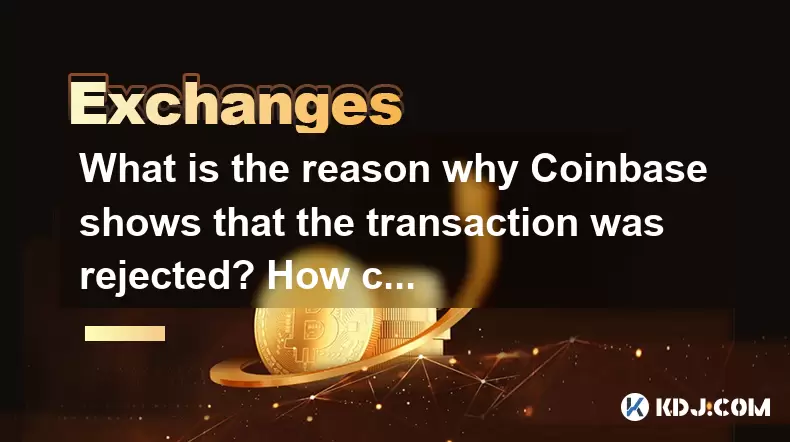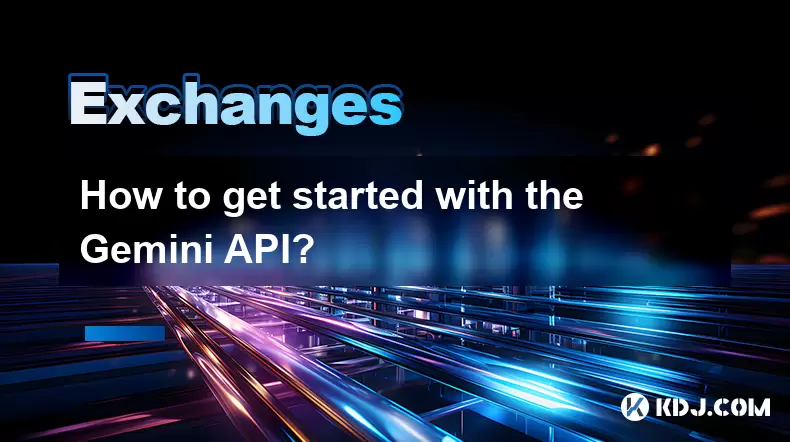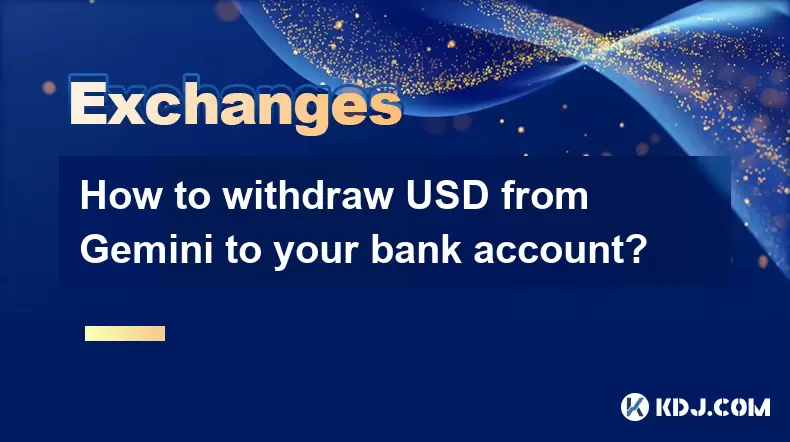-
 Bitcoin
Bitcoin $115000
0.12% -
 Ethereum
Ethereum $3701
4.50% -
 XRP
XRP $3.081
2.99% -
 Tether USDt
Tether USDt $0.0000
-0.01% -
 BNB
BNB $767.9
1.45% -
 Solana
Solana $169.5
3.13% -
 USDC
USDC $0.9999
0.01% -
 Dogecoin
Dogecoin $0.2106
4.30% -
 TRON
TRON $0.3334
1.62% -
 Cardano
Cardano $0.7564
2.54% -
 Stellar
Stellar $0.4165
0.76% -
 Hyperliquid
Hyperliquid $38.75
0.25% -
 Sui
Sui $3.593
3.00% -
 Chainlink
Chainlink $17.08
3.59% -
 Bitcoin Cash
Bitcoin Cash $573.6
4.35% -
 Hedera
Hedera $0.2508
-0.84% -
 Avalanche
Avalanche $23.07
6.46% -
 Ethena USDe
Ethena USDe $1.001
-0.02% -
 Litecoin
Litecoin $120.8
8.17% -
 UNUS SED LEO
UNUS SED LEO $8.943
-0.32% -
 Toncoin
Toncoin $3.400
-5.60% -
 Shiba Inu
Shiba Inu $0.00001255
1.54% -
 Uniswap
Uniswap $9.908
6.32% -
 Polkadot
Polkadot $3.718
2.10% -
 Monero
Monero $303.0
-0.74% -
 Dai
Dai $0.9999
-0.02% -
 Bitget Token
Bitget Token $4.392
0.91% -
 Cronos
Cronos $0.1403
6.31% -
 Pepe
Pepe $0.00001076
1.13% -
 Aave
Aave $267.2
1.80%
What is the reason why Coinbase shows that the transaction was rejected? How can I fix it?
A Coinbase transaction rejection occurs when the platform declines to process a transfer due to issues like low fees, incorrect addresses, or verification problems.
Jun 12, 2025 at 01:36 am

Understanding Coinbase Transaction Rejection
When using Coinbase, users may occasionally encounter an error message stating that a transaction was rejected. This can be frustrating, especially when the cause is unclear. A transaction rejection typically occurs before the transaction is broadcast to the blockchain and is not due to network congestion or wallet balance issues alone.
Important: It's crucial to understand that a rejected transaction on Coinbase does not mean your funds are lost. Instead, it means the platform did not accept the transaction for processing based on specific criteria.
Common Reasons for Transaction Rejection
There are several reasons why Coinbase might reject a transaction:
- Insufficient Network Fees: If the gas fee (for Ethereum-based transactions) or miner fee (for Bitcoin) is too low, Coinbase may reject the transaction as it won't be prioritized by miners.
- Incorrect Recipient Address Format: Sending funds to an address that doesn't match the expected format (e.g., sending ETH to a BTC address) will result in rejection.
- Pending Transactions: If there's a pending transaction from the same wallet, Coinbase may block new transactions until the first one clears.
- Account Verification Issues: Incomplete KYC (Know Your Customer) verification can sometimes lead to transaction restrictions.
- Wallet Restrictions: Certain wallets within Coinbase may have limitations due to account status or regulatory compliance.
How to Check Why Your Transaction Was Rejected
To determine the exact reason behind a rejected transaction:
- Review Transaction Details: Open the transaction in your Coinbase app or web interface and look for any error messages or descriptions provided.
- Check Transaction Hash: Use the hash provided to look up the transaction on a blockchain explorer like Etherscan or Blockchair. This may provide more insight into whether the transaction was submitted or failed at the network level.
- Verify Recipient Address: Double-check the recipient’s address for typos or mismatched formats.
- Inspect Fee Settings: If you're manually setting fees, ensure they align with current network conditions.
Steps to Fix a Rejected Transaction
Once you've identified the root cause, follow these steps to resolve the issue:
- Correct the Recipient Address: If the address was incorrect or incompatible, generate a new one from the receiving wallet and resend the transaction.
- Increase Transaction Fees: If the fee was too low, use a custom fee option to set a higher priority. You can refer to real-time gas price tools to estimate appropriate fees.
- Clear Pending Transactions: Wait for the existing transaction to confirm or cancel it if possible. Some wallets allow you to "speed up" a stuck transaction by resubmitting it with a higher fee.
- Complete Account Verification: Ensure your Coinbase account is fully verified to avoid transaction restrictions.
- Use Advanced Mode (if available): For greater control over transaction parameters, switch to Coinbase Advanced Trade or use third-party wallets like MetaMask or Trust Wallet.
Preventing Future Transaction Rejections
Avoiding future rejections involves adopting best practices:
- Always Verify Addresses Before Sending: Copy-paste addresses instead of typing them manually to prevent typos.
- Monitor Network Conditions: Use platforms like GasNow or ETH Gas Station to gauge optimal fees before initiating transfers.
- Enable Notifications: Set up alerts in your Coinbase app to stay informed about transaction statuses and potential errors.
- Use Trusted Networks: Only send tokens via compatible networks (e.g., don’t send BEP-20 tokens to an ERC-20 address unless supported).
Frequently Asked Questions
Q1: Can I recover funds if a transaction was rejected?
Yes, funds remain in your original wallet if the transaction was rejected before being broadcast. No actual transfer occurred.
Q2: Why does Coinbase say “Transaction was rejected” even though I never sent anything?
This could happen if you attempted to send but canceled it, or if another service tried to interact with your wallet (e.g., a dApp). Review your recent activity for unauthorized actions.
Q3: How do I know if my transaction was rejected or just delayed?
Rejected transactions usually appear in your history with a clear error message. Delayed transactions show as “Pending” without rejection indicators.
Q4: Is there a way to contact Coinbase support directly for rejected transactions?
You can reach out through the Coinbase Help Center or live chat if available. Provide the transaction hash and details for faster resolution.
Disclaimer:info@kdj.com
The information provided is not trading advice. kdj.com does not assume any responsibility for any investments made based on the information provided in this article. Cryptocurrencies are highly volatile and it is highly recommended that you invest with caution after thorough research!
If you believe that the content used on this website infringes your copyright, please contact us immediately (info@kdj.com) and we will delete it promptly.
- Velo Universe, DEX, and DeFi Security: Navigating the Future of Decentralized Trading
- 2025-08-05 09:25:13
- Bitget Wallet Revolutionizes Solana with Gas-Free Transactions: A New Era for DeFi
- 2025-08-05 09:25:13
- Ozak AI, Crypto Boom, and ROI Potential: Is This the Next Big Thing?
- 2025-08-05 09:25:24
- Solana's ETF Hopes & the All-Time High Chase: Is SOL Set to Soar?
- 2025-08-05 09:25:24
- Coinbase's Brian Armstrong and the Art of Focused Work: A Deep Dive
- 2025-08-05 09:25:30
- Uniswap Price Prediction: Bullish Reversal on the Horizon?
- 2025-08-05 09:25:30
Related knowledge

How to set and manage alerts on the Gemini app?
Aug 03,2025 at 11:00am
Understanding the Gemini App Alert SystemThe Gemini app offers users a powerful way to stay informed about their cryptocurrency holdings, price moveme...

How to use the Gemini mobile app to trade on the go?
Aug 04,2025 at 09:14am
Setting Up the Gemini Mobile AppTo begin trading on the go using the Gemini mobile app, the first step is installing the application on your smartphon...

What to do if you forgot your Gemini password?
Aug 04,2025 at 03:42am
Understanding the Role of Passwords in Gemini AccountsWhen using Gemini, a regulated cryptocurrency exchange platform, your password serves as one of ...

What are the websocket feeds available from the Gemini API?
Aug 03,2025 at 07:43pm
Overview of Gemini WebSocket FeedsThe Gemini API provides real-time market data through its WebSocket feeds, enabling developers and traders to receiv...

How to get started with the Gemini API?
Aug 05,2025 at 12:35pm
Understanding the Gemini API and Its PurposeThe Gemini API is a powerful interface provided by the cryptocurrency exchange Gemini, enabling developers...

How to withdraw USD from Gemini to your bank account?
Aug 04,2025 at 11:01am
Understanding Gemini and USD WithdrawalsGemini is a regulated cryptocurrency exchange platform that allows users to buy, sell, trade, and store digita...

How to set and manage alerts on the Gemini app?
Aug 03,2025 at 11:00am
Understanding the Gemini App Alert SystemThe Gemini app offers users a powerful way to stay informed about their cryptocurrency holdings, price moveme...

How to use the Gemini mobile app to trade on the go?
Aug 04,2025 at 09:14am
Setting Up the Gemini Mobile AppTo begin trading on the go using the Gemini mobile app, the first step is installing the application on your smartphon...

What to do if you forgot your Gemini password?
Aug 04,2025 at 03:42am
Understanding the Role of Passwords in Gemini AccountsWhen using Gemini, a regulated cryptocurrency exchange platform, your password serves as one of ...

What are the websocket feeds available from the Gemini API?
Aug 03,2025 at 07:43pm
Overview of Gemini WebSocket FeedsThe Gemini API provides real-time market data through its WebSocket feeds, enabling developers and traders to receiv...

How to get started with the Gemini API?
Aug 05,2025 at 12:35pm
Understanding the Gemini API and Its PurposeThe Gemini API is a powerful interface provided by the cryptocurrency exchange Gemini, enabling developers...

How to withdraw USD from Gemini to your bank account?
Aug 04,2025 at 11:01am
Understanding Gemini and USD WithdrawalsGemini is a regulated cryptocurrency exchange platform that allows users to buy, sell, trade, and store digita...
See all articles

























































































